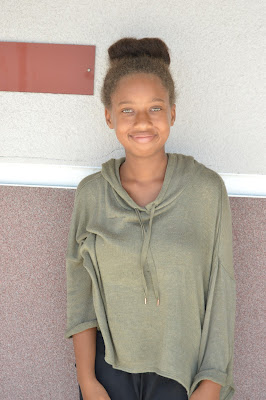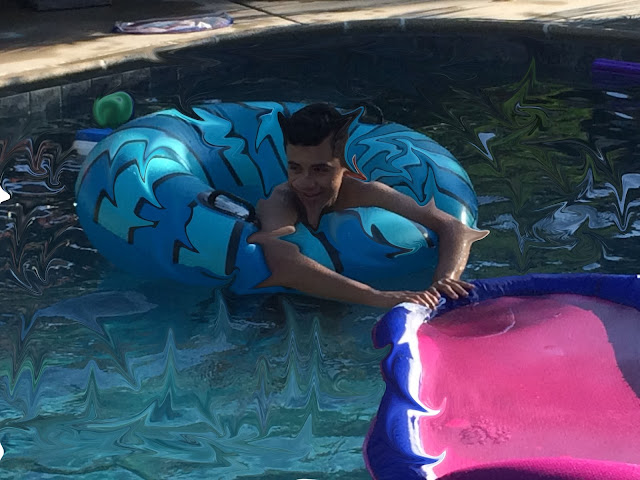MAIN LIGHT
MANUAL EXPOSURE
A camera operating mode that requires the user to determine and set both
the aperture and shutter speed. This is the opposite of automatic exposure.
MEGABYTE
Just over one million bytes
MEGAPIXEL
A million pixels
MEMORY
The storage capacity of a hard drive or other recording media
MEMORY CARD
Typical recording medium of digital cameras. Memory cards can be used to
store still images, moving images, or sound as well as related file data.
Individual card capacity as well as by the size of the recorded data, such as
image resolution.
MENU
An on-screen listing of user options
MID-TONE
The tone that appears as medium brightness, or medium gray tone, in a
photographic print
MODE
Specified operating conditions of the camera or software program
NOISE
The digital equivalent of grain. It is often caused by a number of
different factors such as a high ISO setting, heat, sensor design, etc. Though
usually undesirable, it may be added for creative effect using an
image-processing program.
OVEREXPOSED
When too much light is recorded with the image, causing the photo to be
too light in tone.
PAN
Moving the camera to follow a moving subject. When a slower shutter
speed is used, this creates an image which the subject appears sharp and the
background is blurred.
PERSPECTIVE
The effect of the distance between the camera and image elements upon
the perceived size of objects in an image. It is also an expression of this
three-dimensional relationship in two dimensions.
PIXEL
Derived from picture element. A pixel is the base component of a digital
image. Every individual pixel can have distinct color and tone
POLARIZATION
An effect achieved by using a polarizing filter. It minimizes
reflections from nonmetallic surfaces like water and glass and saturates colors
by removing glare. Polarization often makes skies appear bluer at 90 degrees to
the sun. The term also applies to the above effects stimulated by a polarizing
software filter.
RAW
An image file format that has little or no internal processing applied
by the camera. It contains 12-bit color information, a wider range of data than
8-bit formats such as JPEG
RESOLUTION
The amount of data available for an image as applied to image size. It
is expressed in pixels or megapixels, or sometimes as lines per inch on a
monitor or dots per inch
on a printed image.





























































